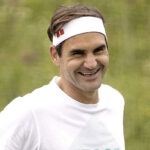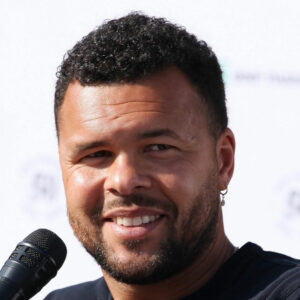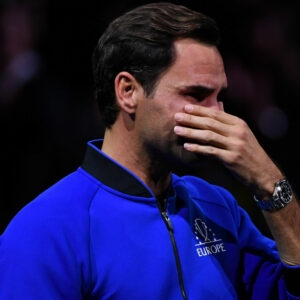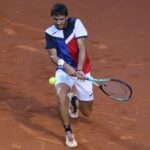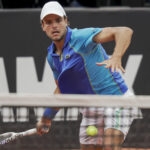November 27, 2011: The day Roger Federer won a then-record sixth ATP Finals title
Every day, Tennis Majors takes you back to one of the biggest moments in tennis history. On November 27, 2011, Roger Federer and Jo-Wilfried Tsonga clashed for the eighth time in the season
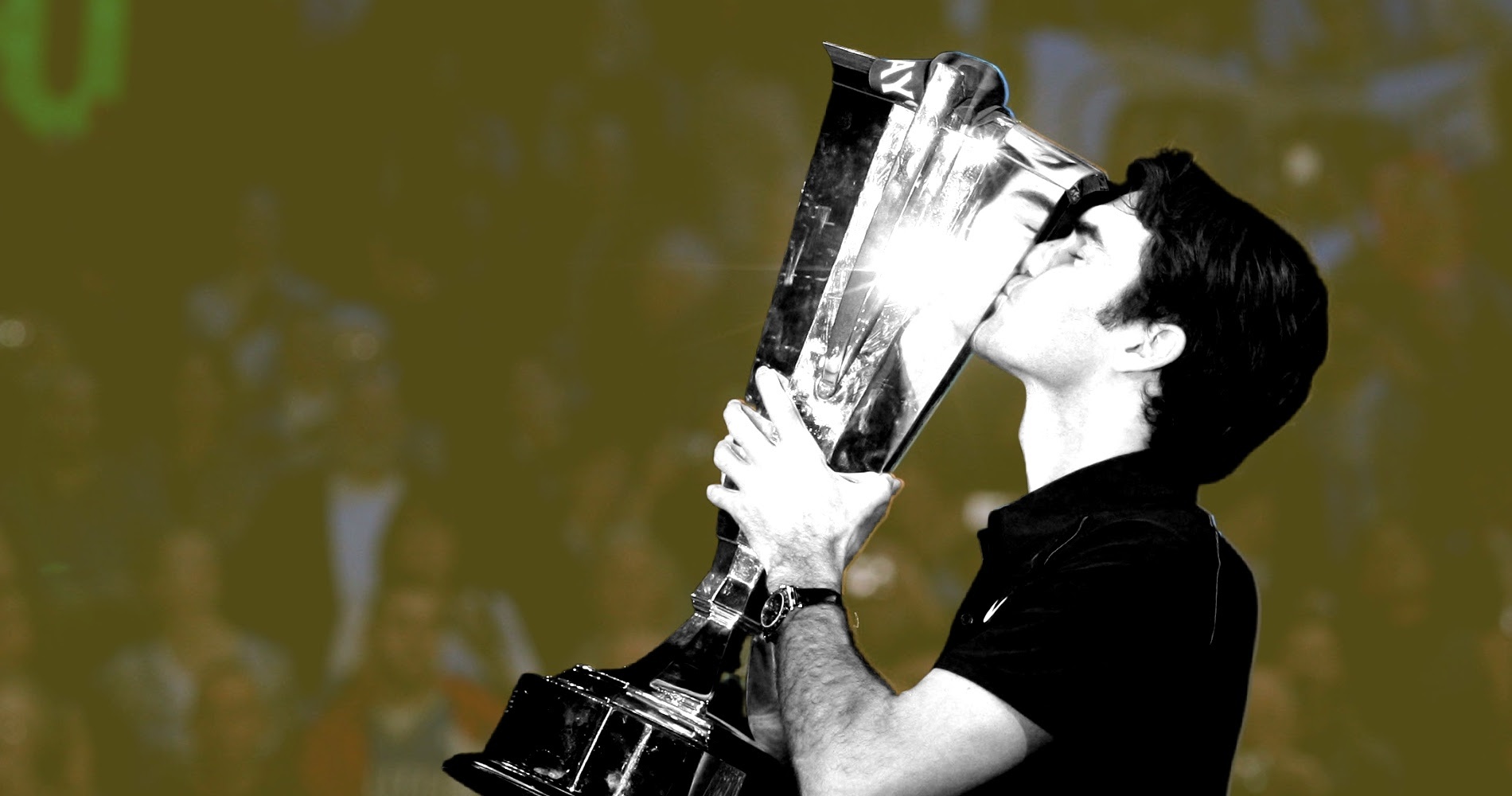
What happened exactly on that day?
On this day, November 27 in 2011, Roger Federer defeated Jo-Wilfried Tsonga (6-3, 6-7, 6-3) to claim a record sixth crown in the ATP Finals in London. It was the only big title that the Swiss won in 2011, which was his first year without a Grand Slam title since 2002, even though he was still ranked No 4 in the world, having reached the final at Roland-Garros and the semi-finals at both the Australian Open and the US Open.
The players: Roger Federer and Jo-Wilfried Tsonga
- Swiss sensation Roger Federer
Roger Federer was born in 1981. After he finished 1998 as world No 1 in juniors, Federer performed well in his first professional matches: in his five first main tour appearances in 1998-1999, he reached the quarter-finals three times, in Toulouse, Marseille and Rotterdam. His incredible game amazed the world tennis and soon, he was proclaimed as a likely future world No 1.
The Swiss, very emotional during his first years on the tour, eventually mastered his nerves in 2003, when he claimed his first major title at Wimbledon (defeating Mark Philippoussis in the final, 7-6, 6-2, 7-6). A few months later, after triumphing at the Australian Open (defeating Marat Safin in the final, 7-6, 6-4, 6-3), he became world No 1 on February 2, 2004, and he held that spot without a break for 237 weeks. Since 2003, he had won 16 Grand Slams; the Australian Open (2004, 2006, 2007, 2010), Roland-Garros (2009), Wimbledon (2003-2007, 2009) and the US Open (2004-2008). On top of that, Federer had also accumulated five ATP Finals trophies (2003, 2004, 2006, 2007, 2010) and 18 Masters 1000 titles.
He had been viewed as the undisputed greatest player of all-time, since he achieved the career Grand Slam in 2009. At the end of 2011, he was ranked No 4 in the world.
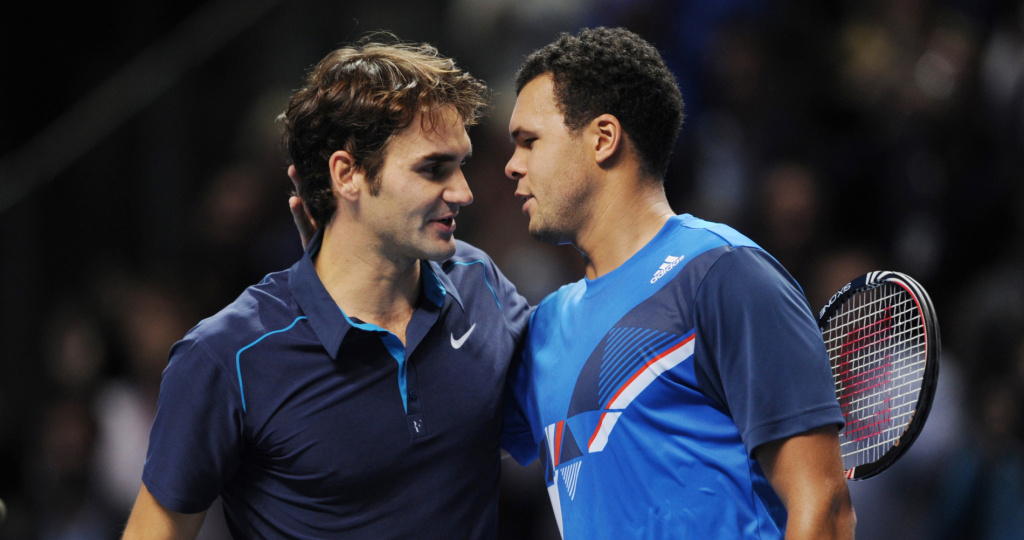
- French favourite Jo-Wilfried Tsonga
Jo-Wilfried Tsonga was born in 1985 in Le Mans, France. Very promising as a junior, he played at a high level since his first appearances on the tour, and in 2004, he beat world No 8 Carlos Moya in Beijing (6-3, 6-3). Unfortunately, a severe back injury hampered him in his first years and it was not before 2007 that he broke into the top 100.
That year, he reached the fourth round at Wimbledon and was awarded “Newcomer of the Year” when he finished the year as world No 43. In January 2008, he obtained what would remain his best Grand Slam result, reaching the Australian Open final. In Melbourne, he delivered a masterpiece in the semi-finals to destroy world No 2 Rafael Nadal (6-2, 6-3, 6-2), before losing in the final to Novak Djokovic (4-6, 6-4, 6-3, 7-6). At the end of the season, he claimed his first title in Bangkok (defeating Djokovic in the final, 6-3, 6-4), soon followed by a memorable triumph in front of his home crowd at the Paris Masters 1000, where he beat the defending champion David Nalbandian in the final (6-3, 4-6, 6-4).
Since then, he remained a top 15 player and his most remarkable performance was reaching the semi-finals at two Grand Slams, at the 2010 Australian Open (lost to Federer, 6-2, 6-3, 6-2) and at Wimbledon in 2011 (defeated by Djokovic, 7-6, 6-2, 6-7, 6-3). He qualified for the year-end ATP Finals as the world No 6.
The place: The ATP Finals, London
Founded in 1970, the year-end ATP Finals, originally called The Masters, was the showdown between the top eight players in the world. Held in a different location every year at the start, it settled at Madison Square Garden in New York from 1977 until 1989. Since then, the tournament had moved several times, to Frankfurt (1990-1995), Hanover (1996-1999), Lisbon (2000), Sydney (2001), Shanghai (2002), Houston (2003-2004), then back to Shanghai in 2005, until 2009, when it moved again to London. As only the eight top players of the year qualify for the event, the list of its former champions is nothing short of impressive.
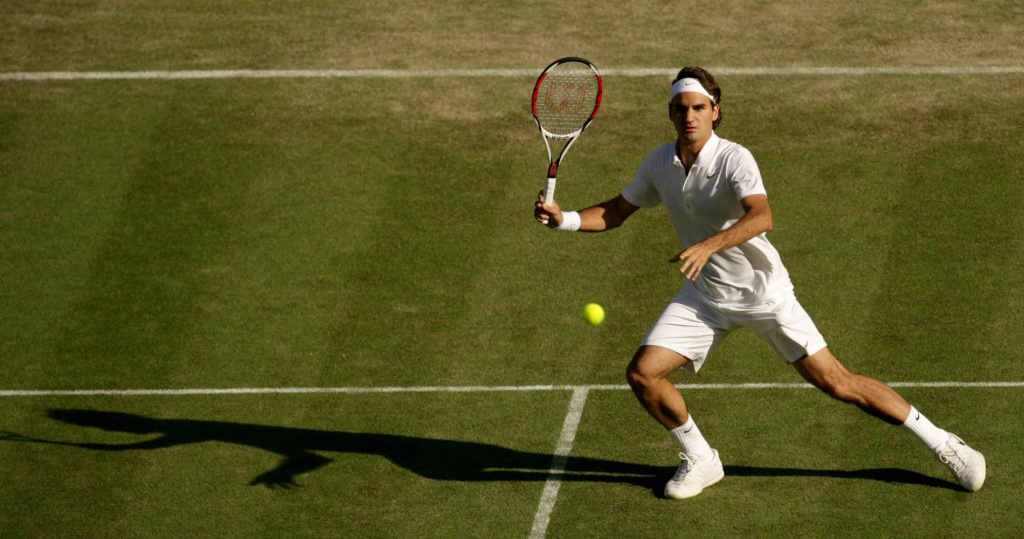
The facts: Federer needs three sets to beat Tsonga
In 2011, the final between Federer and Tsonga was the eighth meeting of the year between the two men, who had only faced each other three times in the previous years. So far, in 2011, Federer had prevailed five times out of seven, but in the Wimbledon quarter-finals, the Frenchman had become the first player to ever come back from two-sets-to-love down to defeat the Swiss in a Grand Slam (3-6, 6-7, 6-4, 6-4, 6-4). The 16-time Grand Slam champion had taken his revenge by beating Tsonga at the same round of the US Open (6-4, 6-3, 6-3), and later in his own country, in the final of the Paris Masters 1000 (6-1, 7-6).
In London, the two players had already played against each other in the opening round-robin match and the Swiss had prevailed, 6-2, 2-6, 6-4. Since then, Tsonga had defeated both Mardy Fish (7-6, 6-1) and Rafael Nadal (7-6, 4-6, 6-3, in a little less than three hours) to qualify for the semi-finals, where he eliminated Tomas Berdych (6-3, 7-5). Meanwhile, Federer had delivered a masterclass to punish his rival Nadal, 6-3, 6-0, and he defeated David Ferrer for the 12th time in 12 encounters in the semi-finals (7-5, 6-3).
Although the Frenchman started strongly with an ace, Federer didn’t panic and withstood Tsonga’s huge power without much difficulties. The world No 4 was in control and soon, he was up by a set and a break. Tsonga kept fighting and managed to break back at the last minute, while Federer was serving for the match at 5-4. The 2008 Australian Open runner-up saved a match point in the tie-break and managed to push Federer into a dangerous third set.
Once again, the Swiss remained calm and confident as only a player on a 16-win streak could be. He broke his opponent’s serve at 4-3 and finished him off by holding his serve in the following game. Federer had become the first player in tennis history to win the year-end championships six times.
“I couldn’t be more happy, I couldn’t be more exhausted,” said Federer, according to the BBC. “Jo sapped every last bit of energy out of me. There couldn’t be a better way for me to finish the season.”
What next? Federer adds three more Slams to his resume
Federer would win a 17th Grand Slam title in 2012, triumphing at Wimbledon at Andy Murray’s expense. Although Federer would appear to decline in the following years, he would add three more Grand Slam titles to his list of achievements; the Australian Open (in 2017 and 2018), and Wimbledon in 2017. He would then hold an unbelievable record of 20 Grand Slam crowns.
Tsonga would climb as high as world No 5 in February 2012. He would reach Grand Slam semi-finals on three more occasions; at Wimbledon in 2012, and then at Roland-Garros in 2013 and 2015. He would qualify one more time for the ATP Finals and added another Masters 1000 crown to his list of achievements, triumphing in Canada in 2014 (defeating Federer in the final, 7-5, 7-6).
4

